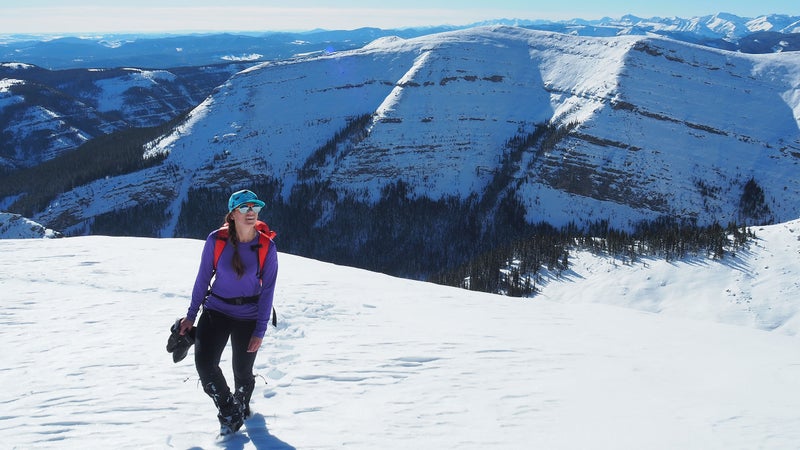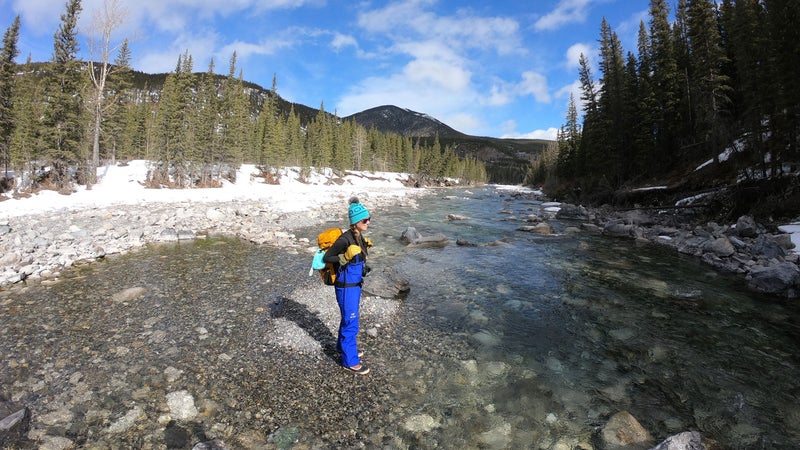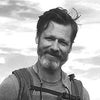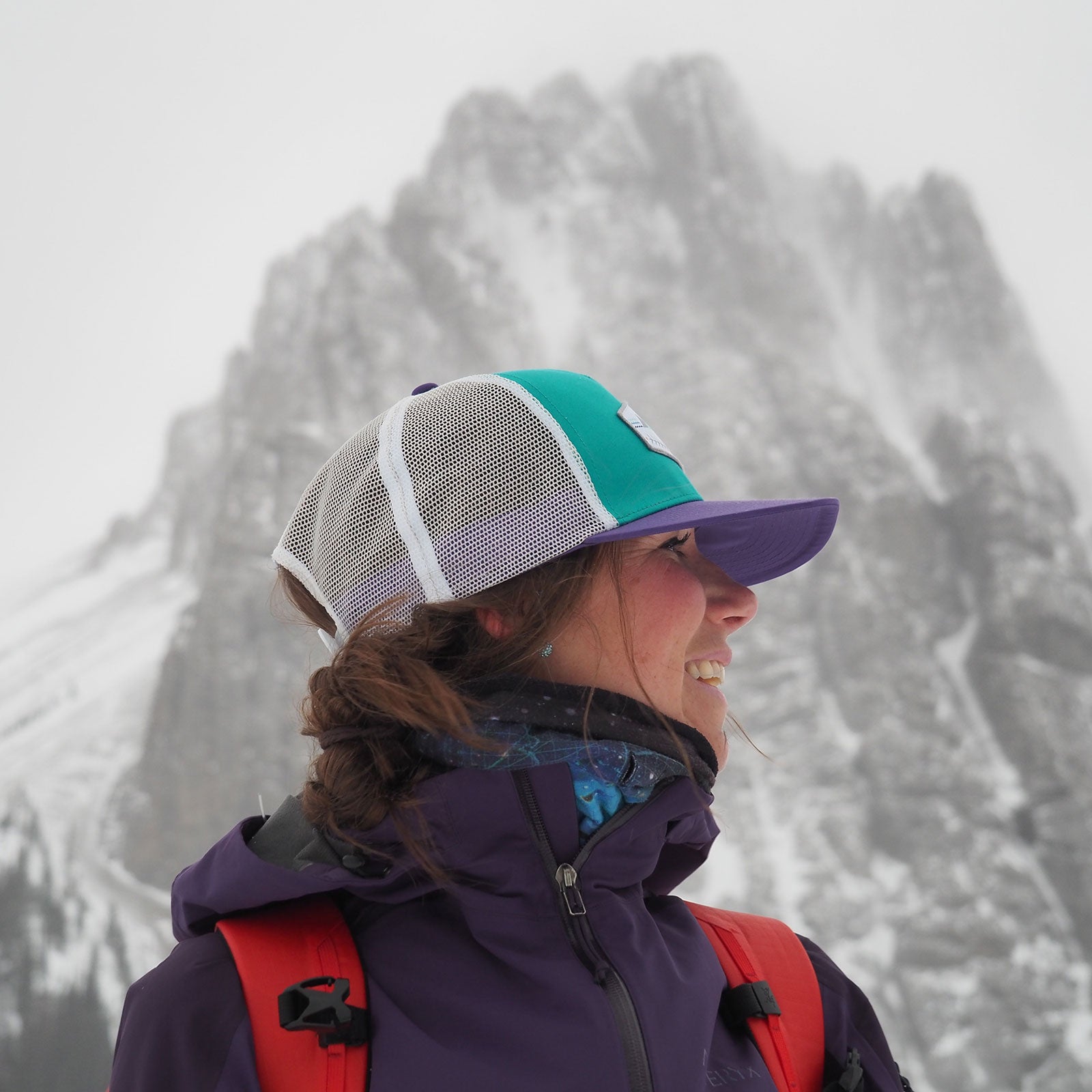The European ExoMars rover might be the most badass all-terrain vehicle��ever built, and one of the people who played a key role in bringing it to life is , who might be Canada’s most adventurous aerospace engineer. The ��is a solar-powered, six-wheeled machine in which��each wheel can work independently, so it can actually “walk” through Mars’s soft sand dunes. When it lands on the red planet in 2021, the rover will travel across the surface, collecting and analyzing samples of organic material from various depths below ground. The idea is to look for signs of past life, so it’s kind of a big deal. And it’s just the latest notch in the belt of��34-year-old Panek, who uses her background in the outdoors to guide her career in space exploration.
Panek grew up backpacking and camping most weekends with her family in Canada and has been laser-focused on becoming an astronaut since she was a kid. “We’d spend the days fly-fishing and hiking, but when it got dark, we’d light a campfire, go out, and look at the stars, trying to count the number of constellations we could recognize,” Panek says of her childhood in the woods. “After so many weekends of looking up at the sky, I had this idea that I wanted to go there.”
Panek��eventually did everything she could to put herself on track to becoming an astronaut. She’s literally a rocket scientist,��having earned degrees in mechanical and aerospace engineering before��landing��coveted internships at NASA’s Goddard Space Flight Center and��Ames Research Center during graduate school. She has a pilot’s license (lots of astronauts do)��and legit adventure chops��to boot,��having ticked off all kinds of journeys, like backpacking��across Baffin Island, trekking��along Greenland’s east and west coasts, exploring��the Canadian Rockies by canoe and snowshoe, and pack-rafting��around Bruce Peninsula National Park.��She even earned��a coveted membership to through her work in science and adventure. She did it all with the hopes that one day she’d have the opportunity to explore the final frontier in person.

But here’s the thing about wanting to be an astronaut: it’s nearly impossible, especially if you’re Canadian. It’s strictly a numbers game. The U.S. has the largest corps of astronauts, staffing between 38 and 150 at any given time. We’ve sent 335 people into space, more than any other country in the world (Russia is a distant second). Canada has��four active astronauts right now, and only one astronaut in the Canadian Space Agency’s current roster has ever been to space. Our neighbors to the north simply don’t devote the same amount of resources to space travel as we do. So��if you’re a Canadian kid looking up at the stars and dreaming about exploring the final frontier, your opportunities are limited—even if you dedicate your entire life to giving yourself the best shot possible. Nobody knows this better than Panek.��
“There’s no real guidebook to becoming an astronaut,” Panek says. “Some of them are engineers, some are pilots, some are biologists. You kind of want to accrue all this knowledge, so that you’re in position to be in the mix when there’s a need.”��
When the Canadian Space Agency looks to fill a vacancy, it��puts out an open call in the form of an astronaut-recruitment campaign.��In a truly Canadian gesture, anyone is welcome to apply. More than 4,000 people did—including Panek—when Canada held a campaign to find two new astronauts in 2016. After a yearlong selection process, she��made it to the final 100 applicants before ultimately being dismissed, not for a lack of skill or knowledge��but because of a gray streak in her hair, which might be an indicator of an autoimmune disorder.
“It’s heartbreaking to be eliminated for something out of my control that doesn’t affect my abilities in any way,” Panek says. “It’s been a journey to process that and find the silver lining.”
For Panek, that silver lining is life here on earth. After discovering that she wouldn’t be one of Canada’s next astronauts, she rededicated herself to exploring her backyard. “I decided I would go on a mini adventure every single weekend for a year to get my mind off the rejection.��I decided I would explore earth more,” she says.
Panek has always had a penchant for terrestrial discovery, like exploring��Patagonia and the Grand Tetons. But her year of mini adventures helped refocus her energy and avoid the media coverage surrounding the astronaut-selection process. She paddled whitewater through the Canadian Rockies and canoed through . She spent weekends on Lake Huron,��attended a dark-sky festival in Jasper, and participated in an Arc’teryx climbing summit. She also became the subject of a documentary, , about her quest��to almost becoming an astronaut.
“I’ve always tried to frame the whole journey as,��getting to be an astronaut would be��icing on the cake,” she says. “I made sure everything I’ve done along the way would be fulfilling and would matter, even if I didn’t get to be an astronaut.”��
She also wants to inspire young women who might also be interested in STEM fields (science, technology, engineering, and math). Panek says it’s easy for young women to lose their passion for math and science when facing a variety of obstacles in school and the workplace, while some others might not even see a career in STEM as a realistic possibility. According to Panek, one of the greatest deterrents��is a lack of mentorship. “I couldn’t call an astronaut or engineer and ask them what I should study, so I decided to be that person for the next generation,” she says.
While Panek works to open doors for young scientists and would-be astronauts here on earth, she’s not turning her back on space. Now��she’s focusing on cleaning it up. Panek is a senior engineer in the mission-systems department at MDA, the company that built the Canadarm and Canadarm2, where she worked on the ExoMars rover. Building that rover has been a combined��effort between Europe, Canada, and Russia, and Panek is on the Canadian team responsible for developing its��chassis and locomotion system—the wheels and the legs, or as she puts it, “all the stuff that turns it from a lander��to a rover.”

As that project wraps up, Panek is shifting her attention to building robotic hardware that could be used to repair defunct satellites orbiting earth. There are at least a thousand nonoperational ones��floating around our planet right now, and that doesn’t include the debris that has��separated from those satellites—millions of pieces, ranging in size from a paint fleck to a screwdriver.
“Learning about how much space debris is orbiting earth, and how there’s no infrastructure to replace those broken satellites, is fascinating,” Panek says. The��junk that’s orbiting earth right now is just the beginning, as private companies are vying to launch more satellites that can supply the space-based internet. There’s no system in place to repair old satellites, so space programs simply launch new ones.
“It’s like you drive your car for 15 years, and as soon as it breaks down on the highway, you just leave it there and buy another one,” Panek says. “It makes you think about how we explore. I grew up with Leave No Trace:��everything you take in, you take out with you. I’ve come to appreciate how that philosophy needs to be applied to space travel, too.”
Enter MDA’s robotic hardware, which would be mounted on a spacecraft that could dock with an��old satellite and fix the broken components. The arm would deploy and do repairs or transfer fuel so the satellite could become functional again. While fixing dated��satellites in lieu of launching new ones might make sense to adventurers, Panek says Leave No Trace is a tough sell in the aerospace world.
“Sometimes I feel like I’m the crazy person talking about the consequences of our exploration,” Panek says. “What is the balance between exploring and what we gain from those missions and what we leave behind in the process? I want people to think about how we are exploring��and ask if we’re being accountable and sustainable.”


